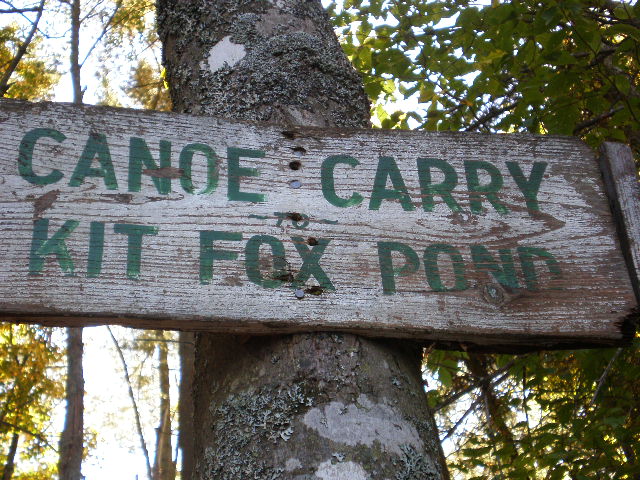Federal Regulations state that every boat must carry at least one US Coast Guard approved PFD for each person on the boat. There are five categories of PFDs. Be sure to choose the appropriate US Coast Guard approved PFD for you and your family. Type three is the recommended for most paddling activities.
Type I
This is an offshore life jacket designed to keep the wearer floating face-up position in rough, open water. It is bulky and not designed for paddling sports.
Type II
Intended for use near shore, where the chances of a quick rescue are likely. This type is the standard bright orange and will turn most unconscious wearers to a face-up position. This style of PFD may be uncomfortable if used for caneoing or kayaking.
Type III (preferred for canoeing and kayaking activities)
This PFD type is the most appropriate for normal canoeing and kayaking. It is designed for inland water where a quick rescue will occur. These vests require the wearer to place himself in a face-up position in the water. The tight fit and large armholes offer maximum freedom of movement and are the most comfortable PFD for paddling activity.
Type IV
This type is intended for calm, inland water with heavy boat traffic, where help is always present. It is designed to be thrown to a person in the water and grasped and held by the user until rescued. It is not designed to be worn. Type IV PFDs include buoyant cushions and ring buoys. This type is not USCG approved for canoe and kayak use.
Type V
This type is intended for specific activities and may be carried instead of another PFD only if used according to the approval condition on the label. They must be worn according to the instructions on the label, or they are not considered USCG approved. These are not recommended for normal paddling.
When buying a PFD consider these items.
- When trying on PFDs, wear clothes you’d wear while paddling and try some paddling moves with with it on. Does it feel comfortable? Try different brands to get the best fit for you.
- Try to pull the vest up over your shoulders. If it slides up past your nose or head, it’s too large or not adjusted properly. Try to retighten the straps for a tighter fit of try a smaller vest.
- Don’t try to save money by buying a vest for a child to grow into. If it doesn’t fit properly it ‘s a hazard. A PFD that is too large will slide up on the body and not hold the wearers head above water. If it’s too small it may not support the wearer in the water or the wearer may simply not wear it because it’s too uncomfortable.
- Most Type III PFDs are are waist-length called “shorties”. This type was originally designed for kayakers but are growing more popular with canoers because of the comfort.
- Consider a PFD with mesh pockets for quick access to essentials like sunblock and energy bars.
- Don’t use your PFD as a cushion. It will compress and lose its buoyancy.

